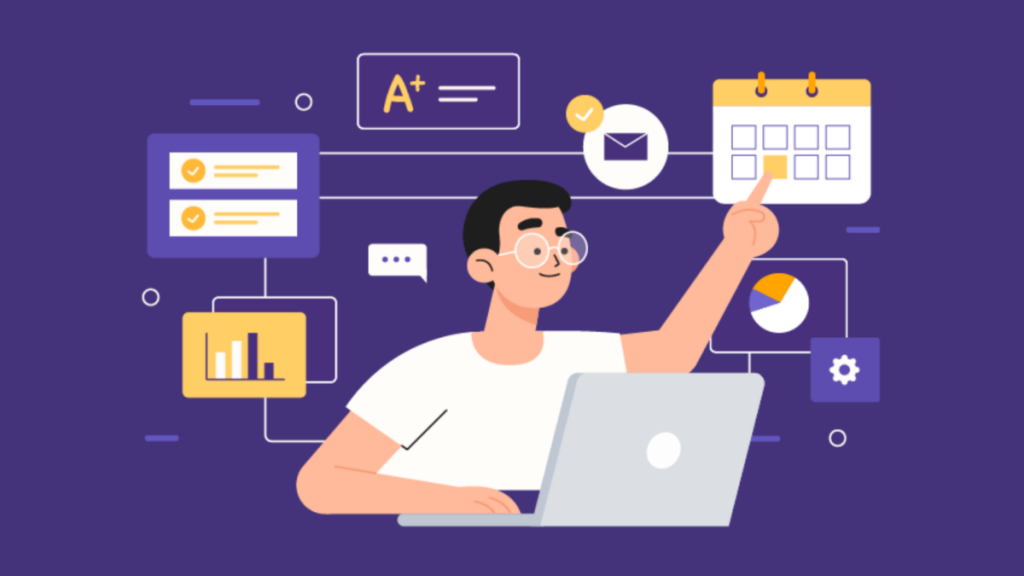The rate at which technology is being adopted by today’s schools is unparalleled. Almost 60% of educators say their students make daily use of digital learning resources. This highlights the importance of there being a suitable LMS for any educational organization.
-
Methods For Harmonizing LMS With Institutional Objectives –
When deciding on a learning management system (LMS), it is crucial to ensure that it meets the requirements of the school. Schools mustn’t waste time on frivolous features that might or might not aid in student learning. Instead, schools should think critically about the features they need from a K12 LMS and prioritize those features.
Some educational institutions, for instance, encourage their students to create personal portfolios. Some K-12 curriculum development provides students with the tools they need to create ePortfolios that can be accessed by anyone, not just those within the school’s firewall, and that can continue to exist long after they have graduated. If this feature is necessary, educational institutions should search for a Learning Management System (LMS) that offers robust ePortfolio features.
-
Adjusting The Site To Your Specific Needs –
A typical classroom setting cannot compete with an LMS’s customizable learning environment. Historically, there has been a cap on teaching staff, making it impossible to tailor lessons to each pupil. Nonetheless, this is not only feasible but also preferred when using a K12 LMS.
When students are given the freedom to progress through coursework at their own pace, they are more likely to fully grasp the material. Both the order in which modules are studied and the structure in which courses and exams are taken are up to the discretion of the student. Students’ confidence in their ability to succeed in school improves as a result of this option.
-
Allowing Parents To View Content –
The parent is a key player in elementary and secondary schooling. Keeping parents in the loop about their children’s schooling is essential. Giving parents access to K-12 content providers in India is a great approach to getting them involved in their children’s education.
-
Increasing The Capacity Of The K-12 Learning Management System –
When considering an LMS platform, it is crucial to take into account not just the institution’s current requirements but also any potential changes in those requirements. Even in a time of relative calm, fluctuations in student enrollment can have a profound impact on a school’s finances. The delivery mode of a lesson can change rapidly and fluidly between in-person and online. As schools grow, they can accommodate more students.
-
Easy On The Mobile –
Mobility is essential in today’s society. The ability to convert k–12 learning solutions to a mobile version offers a level of adaptability that has greatly improved the accessibility of education.
The number of computers and other electronic devices available to kids from low-income homes can make it difficult for them to use their learning management system (LMS). However, smartphones and other mobile gadgets are now readily available and widely utilized.
-
Conclusion –
The key to a successful K-12 LMS is understanding student routines and tailoring course content accordingly. Get in touch with a trusted LMS provider today for a free demo if you represent an educational institution in search of a feature-rich K12 LMS that can be tailored to meet your unique requirements.


